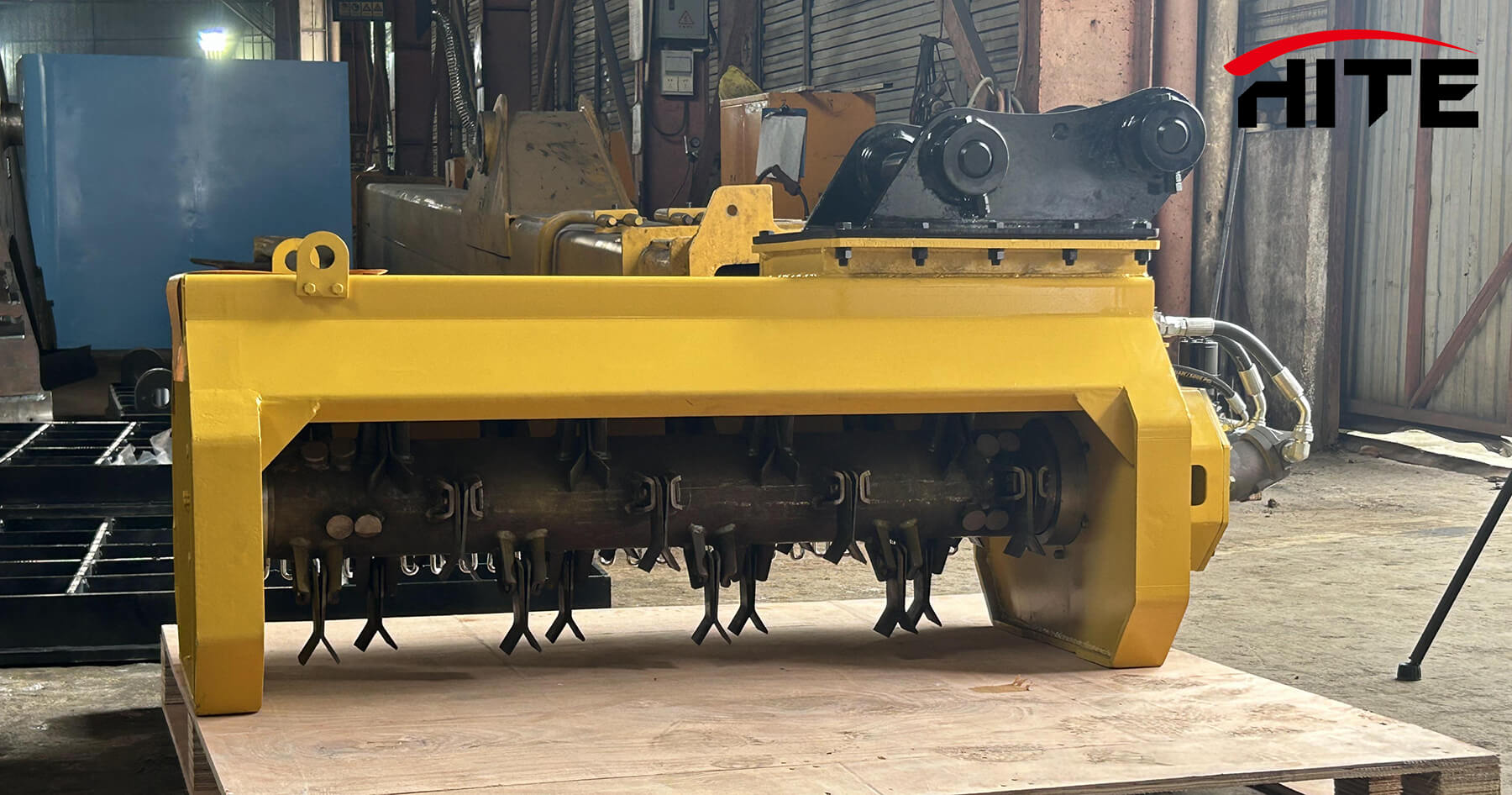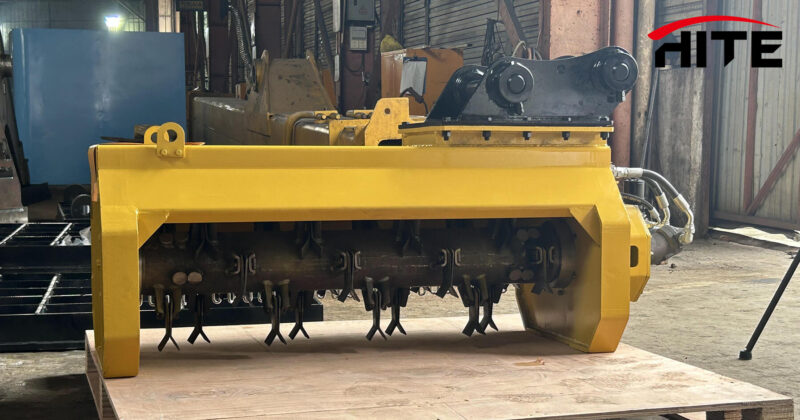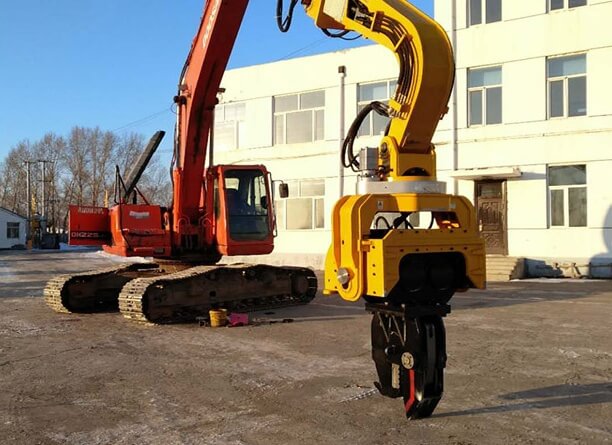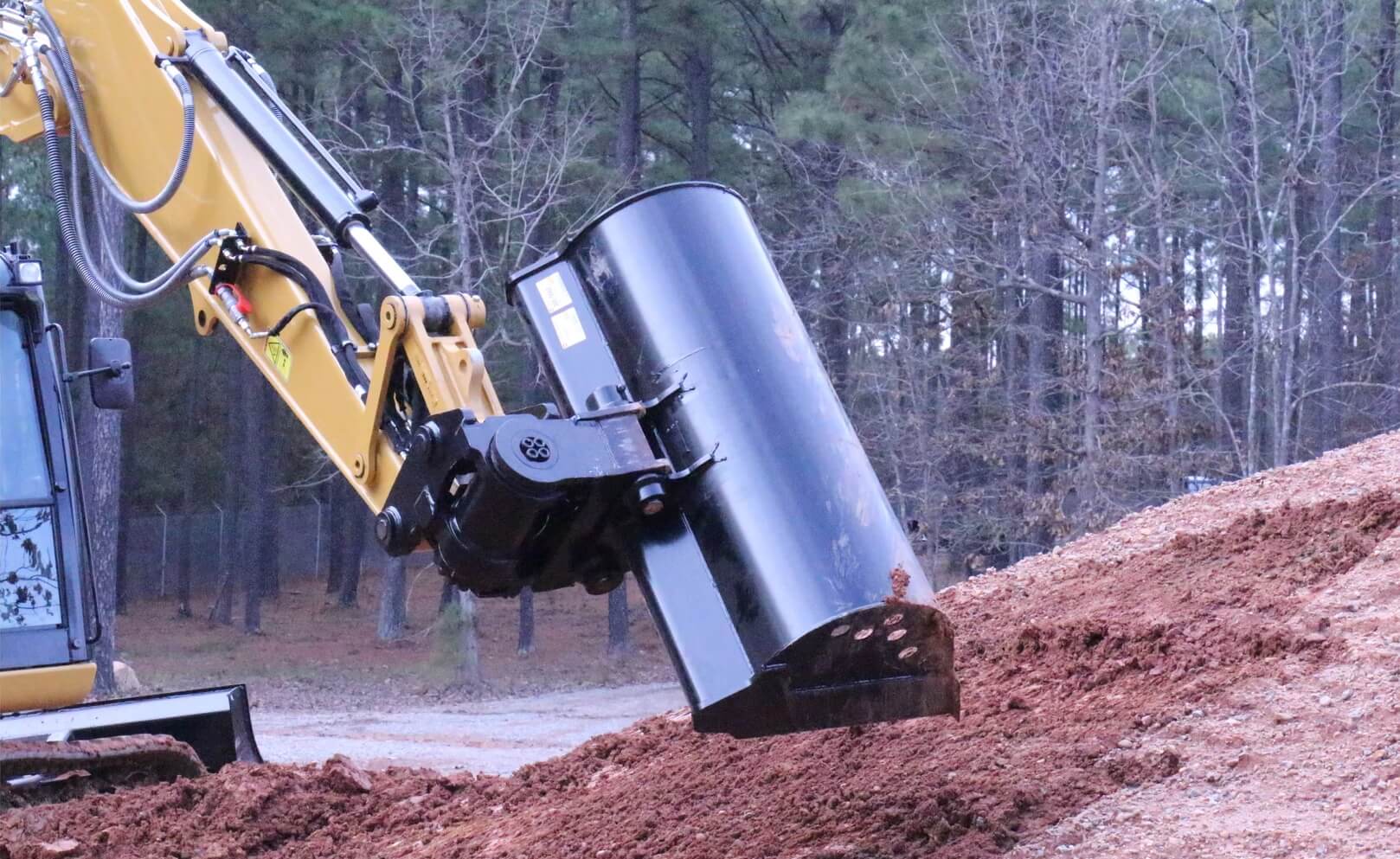Operating heavy machinery like an excavator flail mower requires a keen understanding of safety protocols and operational procedures. This guide will take you through the essential steps to ensure safe and efficient use of your excavator flail mower.
Understanding an Excavator Flail Mower
Before diving into the steps, it’s important to understand what an excavator flail mower is and its uses. An excavator lawn mower is a type of heavy equipment attached to excavators to handle vegetation control and land clearing tasks. It consists of a rotating shaft with cutting blades or flails that effectively cut through thick vegetation, brush, and tree limbs.
Step 1: Safety Gear and Precautions
Safety cannot be overstated when operating heavy machinery. Before starting the excavator flail mower, ensure you and any bystanders wear appropriate safety gear. This includes:
Protective Clothing: Wear long sleeves, pants, and sturdy boots.
Eye Protection: Safety goggles or glasses to protect from flying debris.
Hearing Protection: Use earplugs or earmuffs to shield against noise.
Gloves and Helmet: Durable gloves for handling controls and a helmet for overall safety.
Additionally, check the work area for any obstacles or hazards such as overhead lines, unstable ground, or nearby personnel.
Step 2: Inspecting the Excavator Flail Mower
A thorough inspection of the machinery is crucial. Check the following:
Hydraulic Systems: Ensure no leaks and hoses are secure.
Blades or Flails: Check for wear or damage and replace if necessary.
Attachment Points: Ensure the mower is correctly and securely attached to the excavator.
Safety Guards: Verify that all guards are in place to protect from flying debris.
Step 3: Starting the Machine
Positioning: Ensure the excavator is on stable ground and positioned for optimal control of the flail mower.
Ignition: Start the excavator engine following the manufacturer’s instructions, typically involving turning a key or pressing a start button.
Warm-Up: Allow the engine to warm up to ensure the hydraulic oil is at the proper temperature for operation.
Step 4: Operating the Flail Mower
Operating the flail mower requires attention and precision:
Height Adjustment: Set the cutting height according to the thickness and type of vegetation.
Speed Control: Adjust the speed of the flails; slower speeds for thicker, tougher vegetation and faster for lighter areas.
Directional Control: Use the excavator controls to maneuver the flail mower across the vegetation. Always be mindful of the swing radius to avoid hitting obstacles.
Step 5: Monitoring During Operation
Continuously monitor the operation:
Watch for Overheating: Keep an eye on hydraulic system gauges to ensure they remain within operational limits.
Listen for Unusual Noises: Any strange sounds could indicate a problem; stop the machine and inspect if necessary.
Be Alert: Always keep an eye on the terrain ahead and be ready to stop the machine if the terrain changes or if an obstacle is detected.
Step 6: Shutting Down
After completing the mowing task:
Power Down: Turn off the lawn mower before shutting down the excavator.
Inspect: Perform a post-operation inspection to check for any damage or issues that need addressing.
Clean: Remove any debris from the mower and excavator to prevent build-up and potential hazards.
Step 7: Maintenance
Regular maintenance is key to the longevity and safe operation of your flail mower:
Regular Checks: Frequently inspect blades and hydraulic systems.
Scheduled Maintenance: Follow the manufacturer’s maintenance schedule for service intervals.
Documentation: Keep a log of all maintenance and inspections for reference.
Conclusion
Using an excavator flail mower safely involves preparation, operation, and maintenance. By following these detailed steps, operators can ensure they perform their tasks efficiently while maintaining a high standard of safety. Remember, the key to safe operation is vigilance and regular maintenance to keep the machinery in optimal working condition.







Leave A Comment